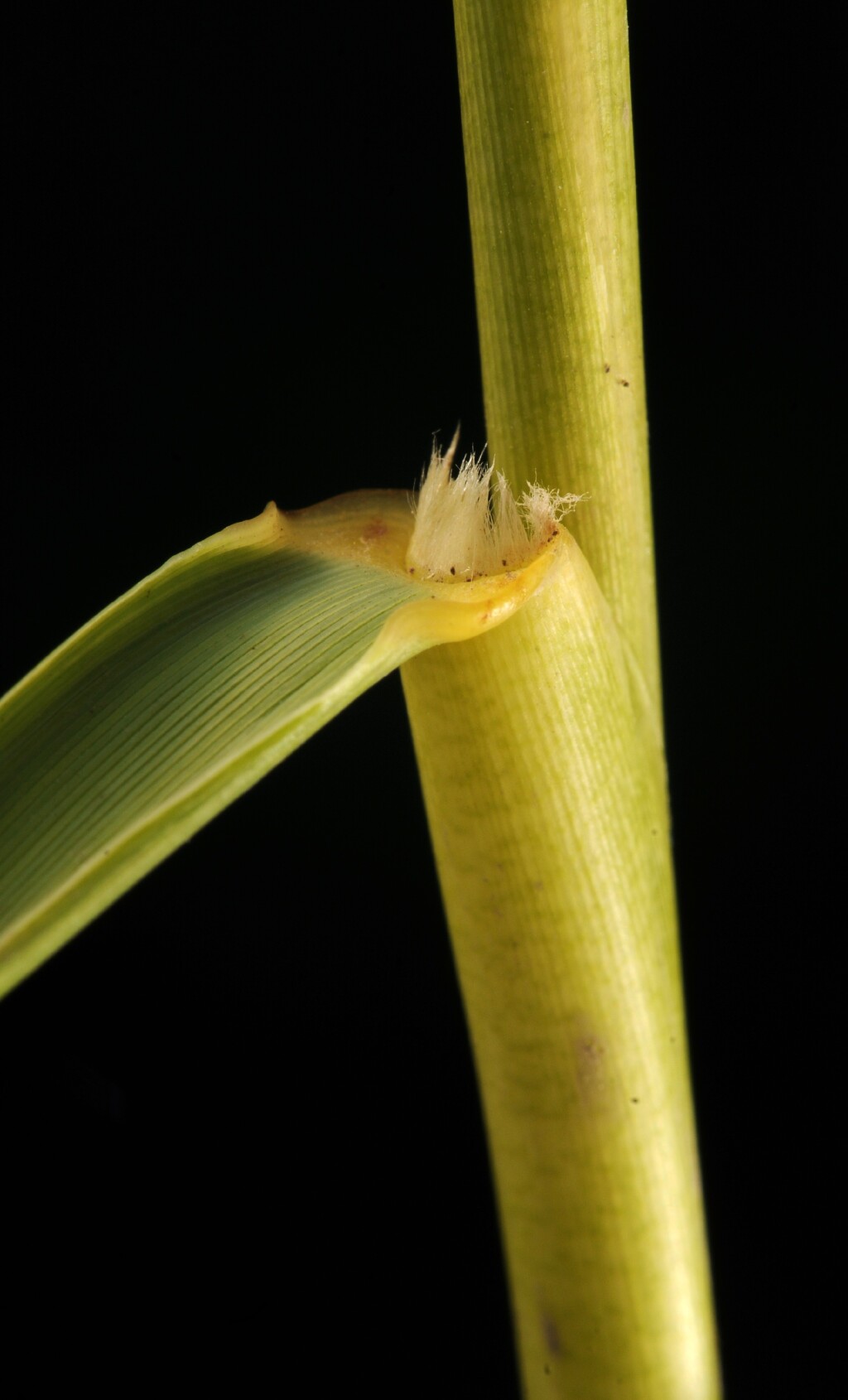Sporobolus anglicus
(C.E.Hubb.) P.M.Peterson & SaarelaAs for S. ×townsendii except for the following features: leaves often larger (to 45 cm long, 15 mm wide) and commonly held at a wider angle (>45 degrees) to culm; ligule 1–3 mm long; inflorescence to 40 cm long, with up to 12 spikes each to 25 cm long; spikelets 15–25 mm long and anthers 7–13 mm long, dehiscing and containing viable pollen. Flowers Dec.–Mar.
GipP, OtP, WPro. Also Tas. Largely coextensive with S. ×townsendii but a more vigorous species and apparently displacing it in most known sites. Reported also from the lee shores of islands surrounding Wilsons Promontory, and recently from the Barwon River near Barwon Heads.
An amphidiploid derived by doubling of chromosomes from S. ×townsendii.
Introduced to Anderson Inlet in the 1960s as runners from Corner Inlet plants, and now a serious threat to littoral communities in both areas. It is not known whether present occurences of S. anglicus in the Corner Inlet area are a consequence of deliberate plantings or of spontaneous generation from its 'parent species'.
Walsh, N.G. (1994). Poaceae. In: Walsh, N.G.; Entwisle, T.J., Flora of Victoria Vol. 2, Ferns and Allied Plants, Conifers and Monocotyledons, pp. 356–627. Inkata Press, Melbourne.
 Spinning
Spinning
